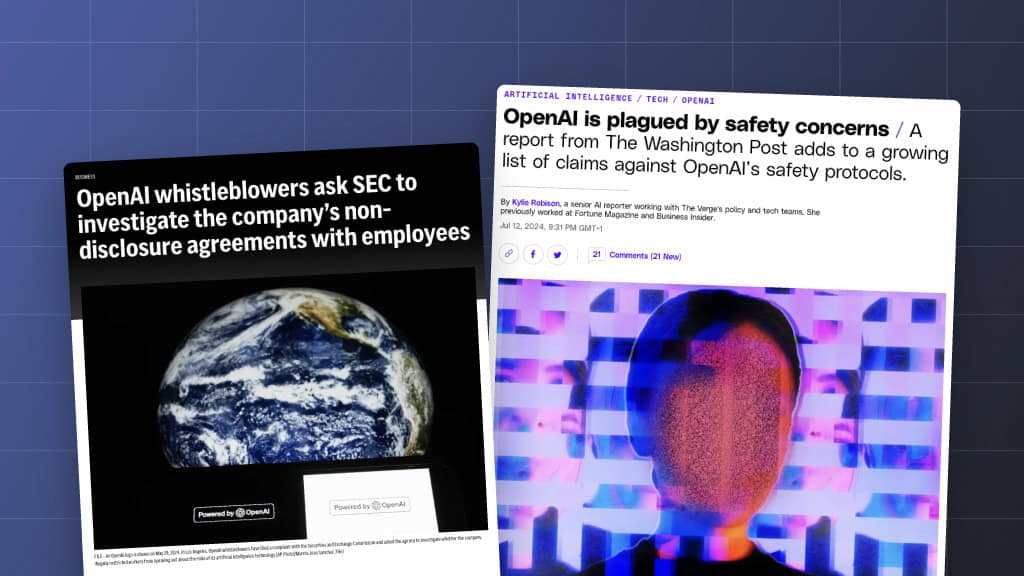The Future of Humanity Institute Releases Three Papers on Biorisks

Contents
Click here to see this page in other languages: Russian ![]()
Earlier this month, the Future of Humanity Institute (FHI) released three new papers that assess global catastrophic and existential biosecurity risks and offer a cost-benefit analysis of various approaches to dealing with these risks.
The work – done by Piers Millett, Andrew Snyder-Beattie, Sebastian Farquhar, and Owen Cotton-Barratt – looks at what the greatest risks might be, how cost-effective they are to address, and how funding agencies can approach high-risk research.
In one paper, Human Agency and Global Catastrophic Biorisks, Millett and Snyder-Beattie suggest that “the vast majority of global catastrophic biological risk (GCBR) comes from human agency rather than natural resources.” This risk could grow as future technologies allow us to further manipulate our environment and biology. The authors list many of today’s known biological risks but they also highlight how unknown risks in the future could easily arise as technology advances. They call for a GCBR community that will provide “a space for overlapping interests between the health security communities and the global catastrophic risk communities.”
Millett and Snyder-Beattie also authored the paper, Existential Risk and Cost-Effective Biosecurity. This paper looks at the existential threat of future bioweapons to assess whether the risks are high enough to justify investing in threat-mitigation efforts. They consider a spectrum of biosecurity risks, including biocrimes, bioterrorism, and biowarfare, and they look at three models to estimate the risk of extinction from these weapons. As they state in their conclusion: “Although the probability of human extinction from bioweapons may be extremely low, the expected value of reducing the risk (even by a small amount) is still very large, since such risks jeopardize the existence of all future human lives.”
The third paper is Pricing Externalities to Balance Public Risks and Benefits of Research, by Farquhar, Cotton-Barratt, and Snyder-Beattie. Here they consider how scientific funders should “evaluate research with public health risks.” The work was inspired by the controversy surrounding the “gain-of-function” experiments performed on the H5N1 flu virus. The authors propose an approach that translates an estimate of the risk into a financial price, which “can then be included in the cost of the research.” They conclude with the argument that the “approaches discussed would work by aligning the incentives for scientists and for funding bodies more closely with those of society as a whole.”
About the Future of Life Institute
The Future of Life Institute (FLI) is a global think tank with a team of 20+ full-time staff operating across the US and Europe. FLI has been working to steer the development of transformative technologies towards benefitting life and away from extreme large-scale risks since its founding in 2014. Find out more about our mission or explore our work.
Related content
Other posts about Biotech, Recent News

The U.S. Public Wants Regulation (or Prohibition) of Expert‑Level and Superhuman AI

Poll Shows Broad Popularity of CA SB1047 to Regulate AI


